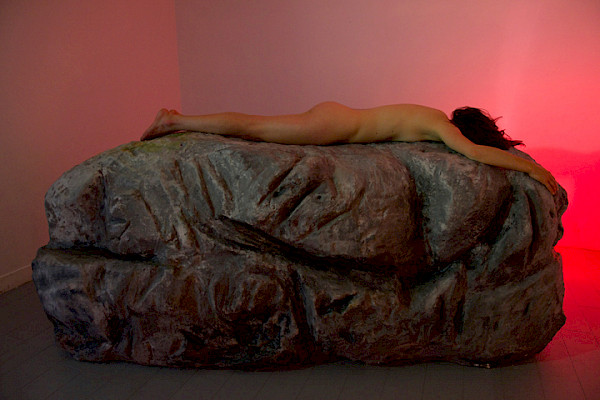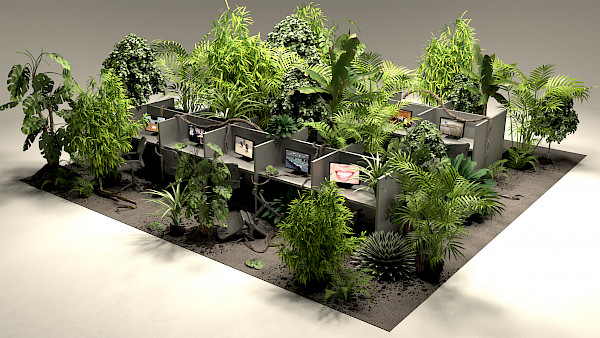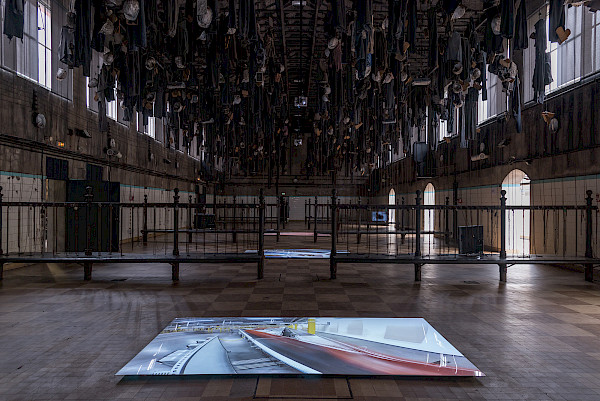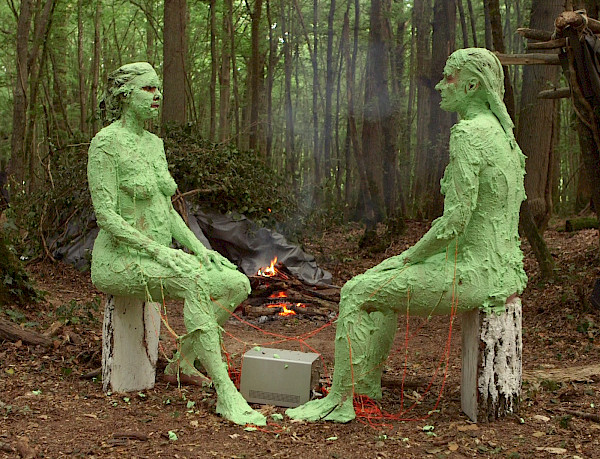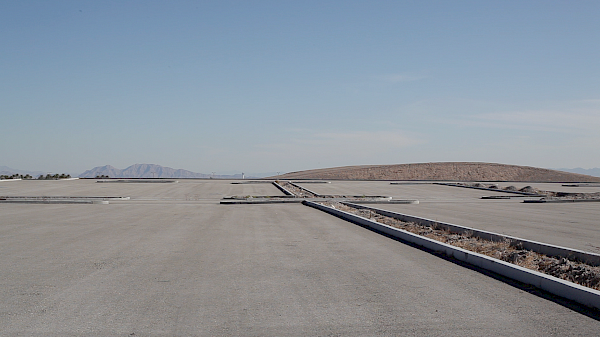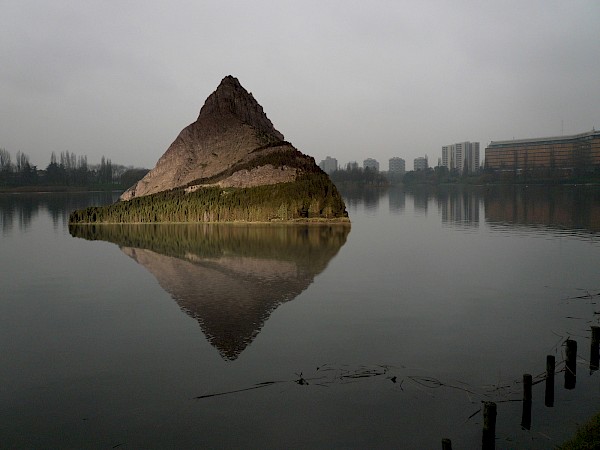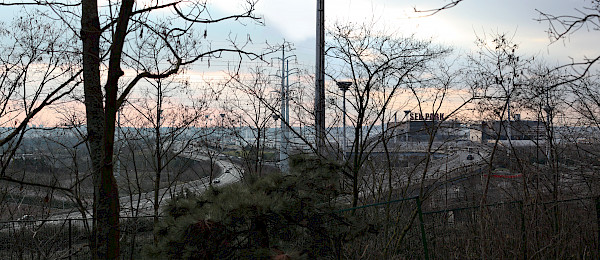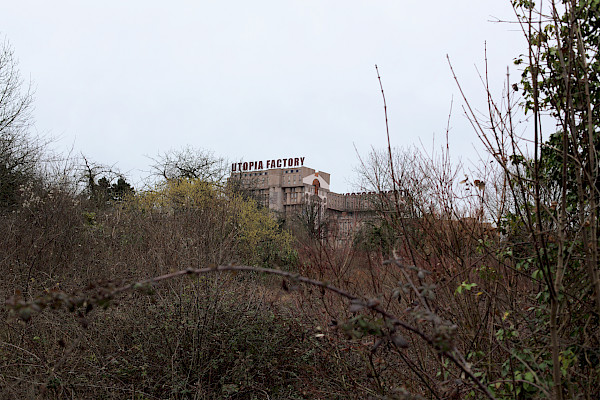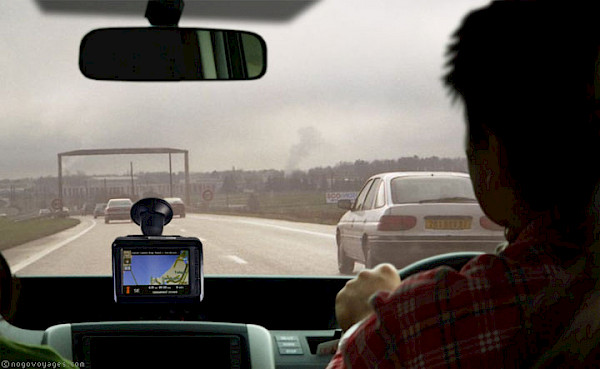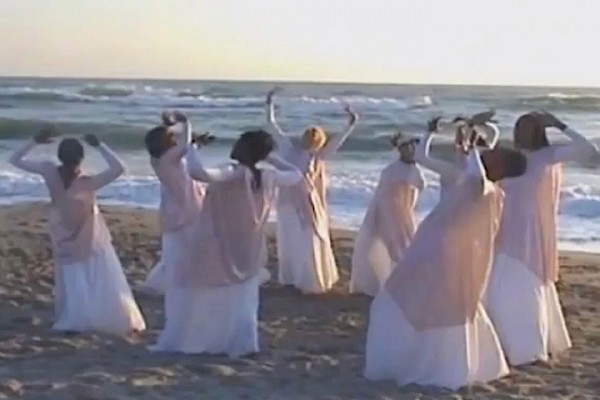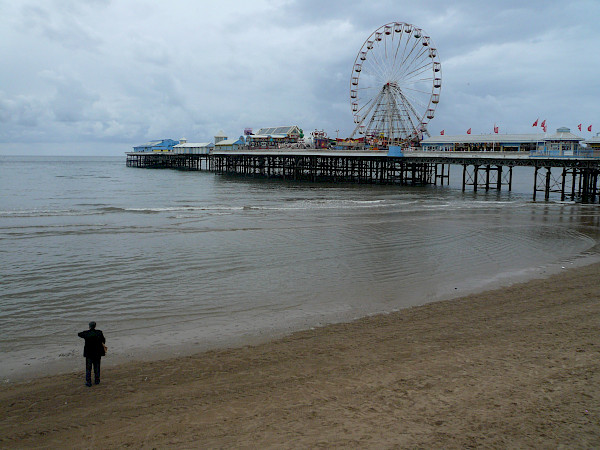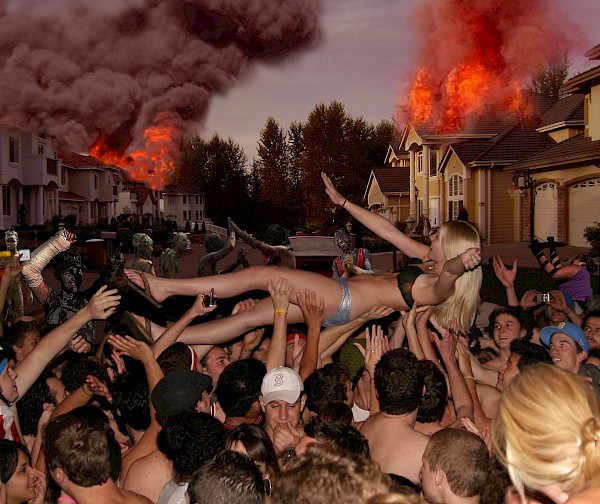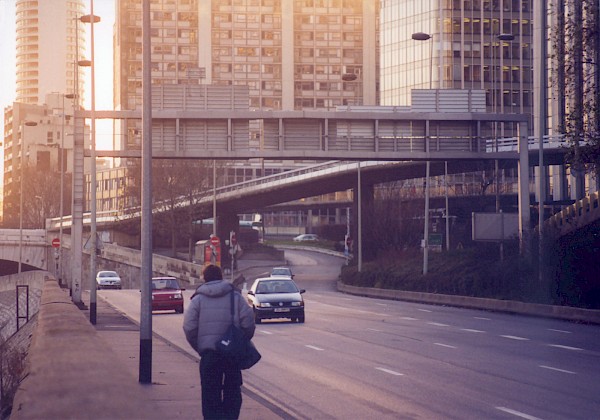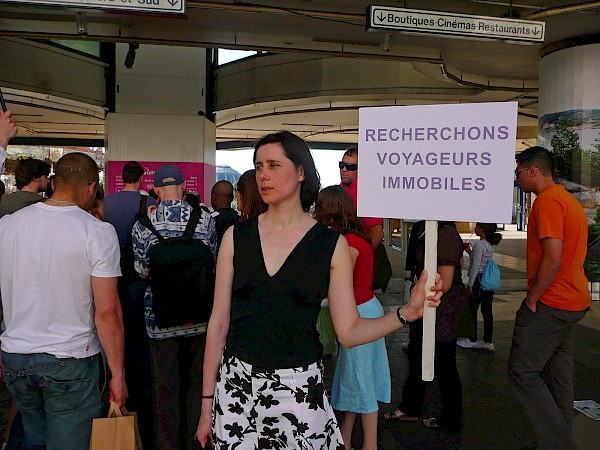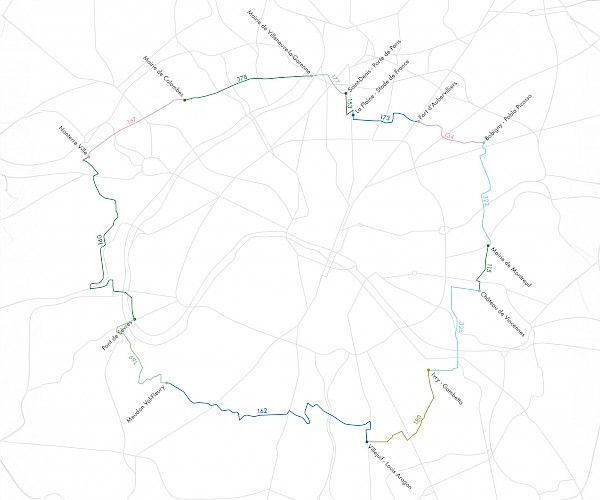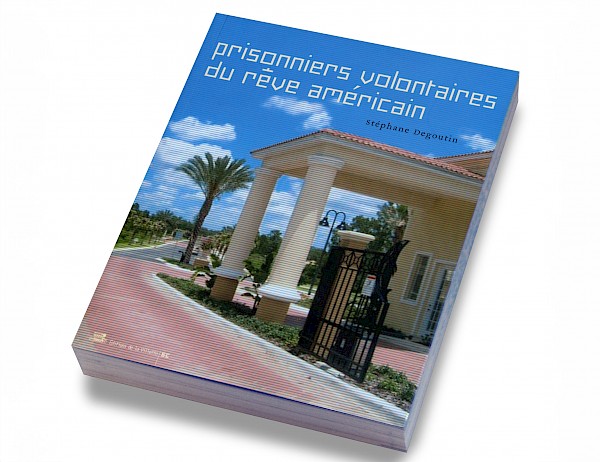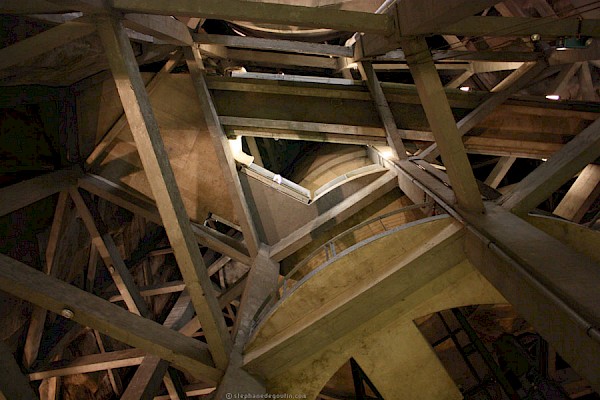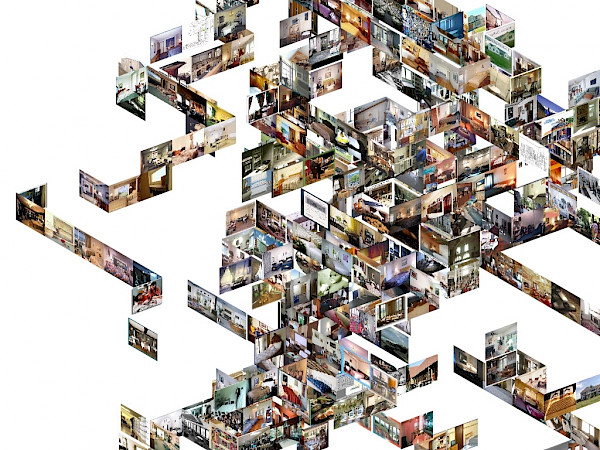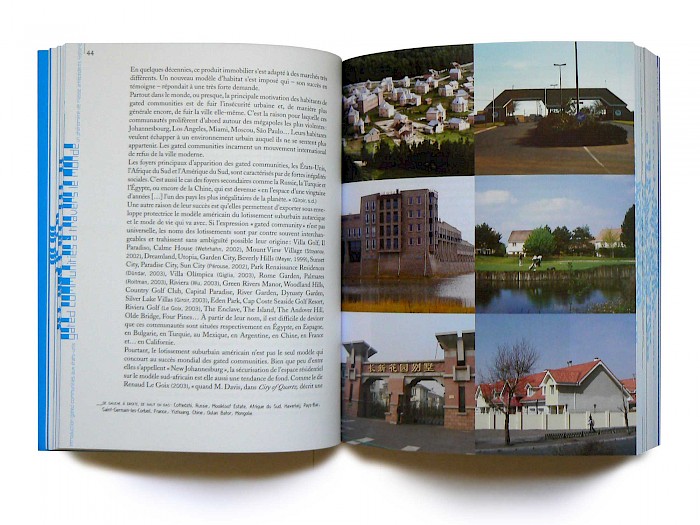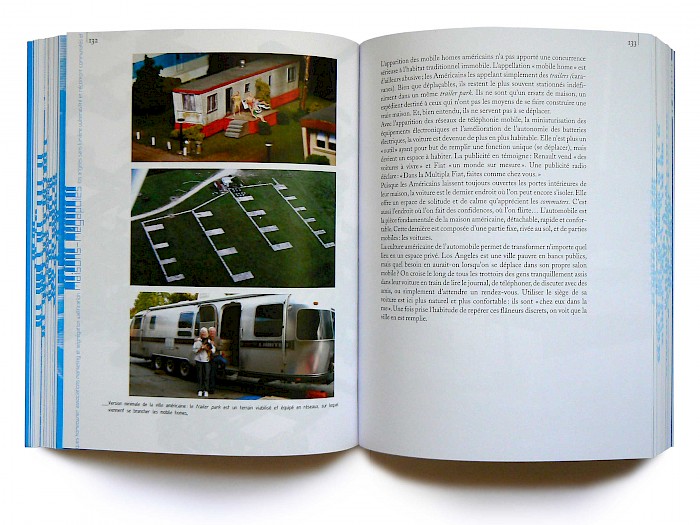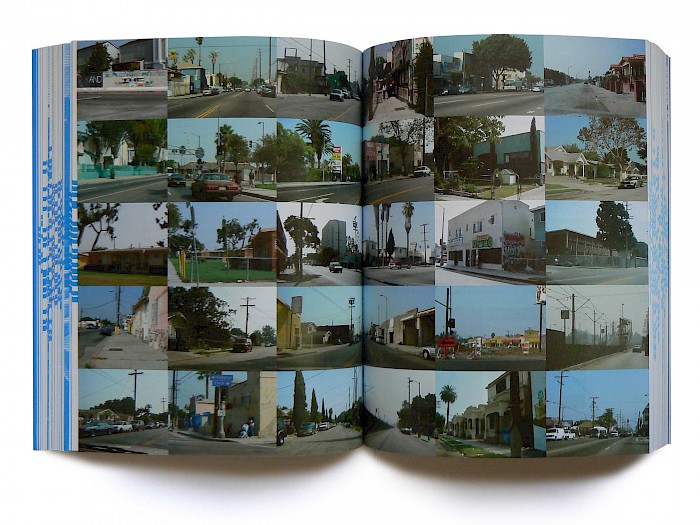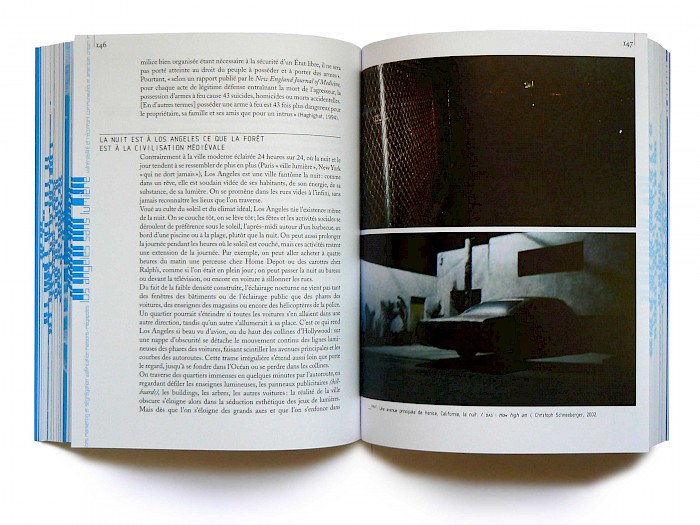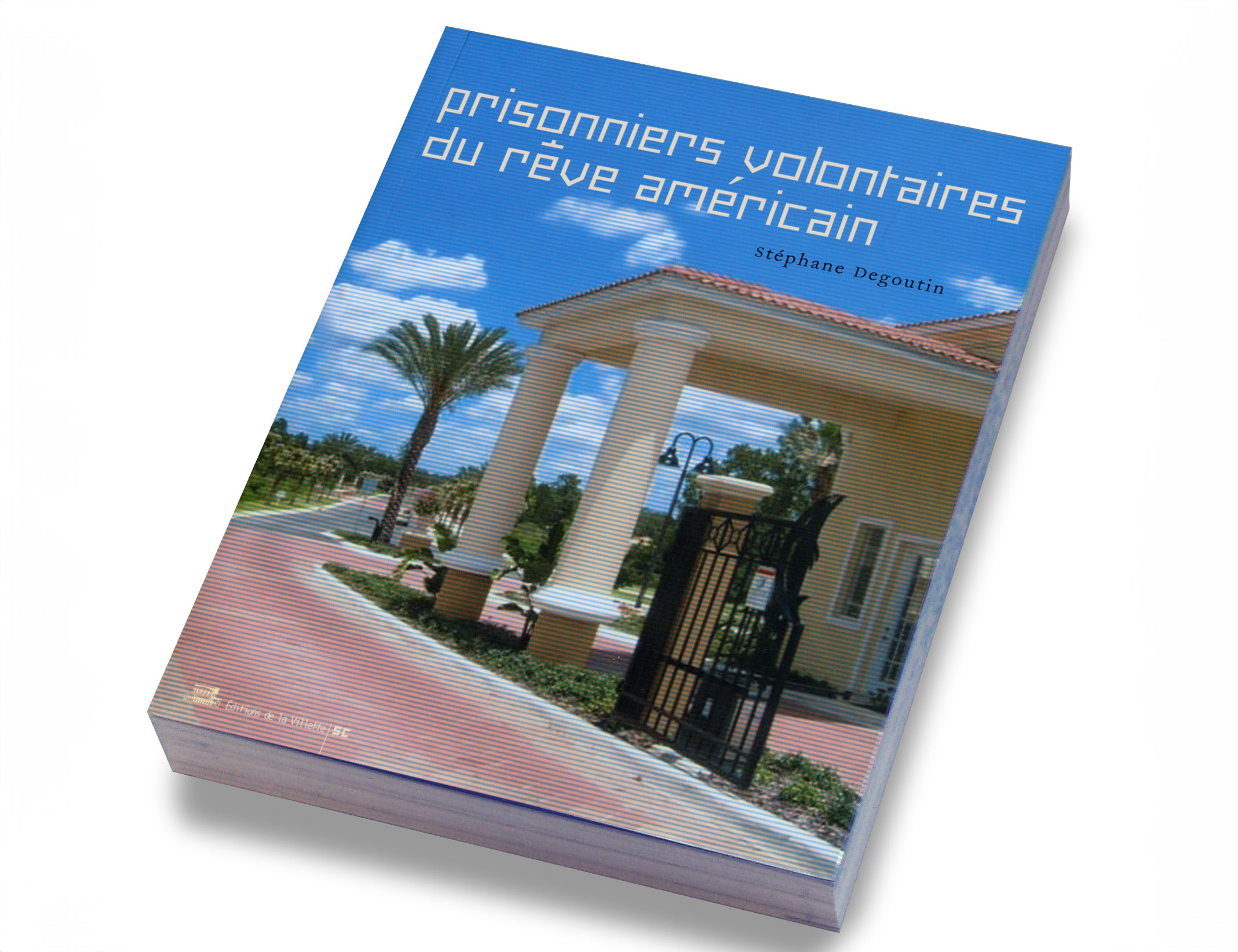This essay describes how the contemporary city is built after the disappearance of public space in the European sense of the term : accessible to all and free of access. In 21 chapters, and changing as many times my point of view on the question, I question the disturbing phenomenon / symptom of gated communities.
The expression gated community refers to a residential neighbourhood surrounded by an enclosure, closed off by a gate that is controlled night and day, where one cannot enter unless one is an inhabitant or a guest, sometimes guarded inside by private police officers. The neighbourhood is usually administered by a homeowner association, which has been compared to private governments (it has, among other things, the power to sue a resident and drive him or her out of the neighbourhood). Some gated communities are home to several thousand residents. The first of them were designed for the wealthy, but nowadays they are being built for the middle classes, which has allowed the phenomenon to grow considerably : in the United States, it is estimated that ten million people live in this type of environment. The same phenomenon is developing in many countries around the world, particularly in South America, South Africa, China and Russia and, to a lesser extent in Europe, particularly in France.
When one reads certain descriptions by researchers (notably City of quartz by Mike Davis, Privatopia by Evan McKenzie or Fortress America by Blakely & Snyder...), one has the impression of reading science fiction. The environments described are the exact opposite of the European ideal of the city. It is interesting to note that the theme has inspired several science fiction writers and directors: Neal Stephenson (Snowcrash), Octavia Butler (The parable of the Sower), James Graham Ballard (Running Wild, Super Cannes...), Peter Weir (The Truman Show), an episode of the X-Files series...
However, when you actually go there, the first thing that strikes you is the disconcerting banality, the same banality that is typical of American suburban environments. I wanted to question the troubling feeling, between science fiction and banality, between Disneyland and the ghetto.
I argue that gated communities do not represent a break with the logic of the American city. On the contrary, they are its logical outcome : an environment designed for the car, vast houses, without fences, centred on the interior, developer architecture, noodle streets, dead ends, few pedestrians… Gated communities are not abnormal in the United States, they are just extreme. They embody the residential ideal of the American Dream, a desire to build paradise on Earth, the result of the absolute primacy given to individual choice, implying the choice of one's place of residence and social environment. The entire evolution of the American suburbs tends towards this ideal ; and gated communities may not be the ultimate expression of it.












